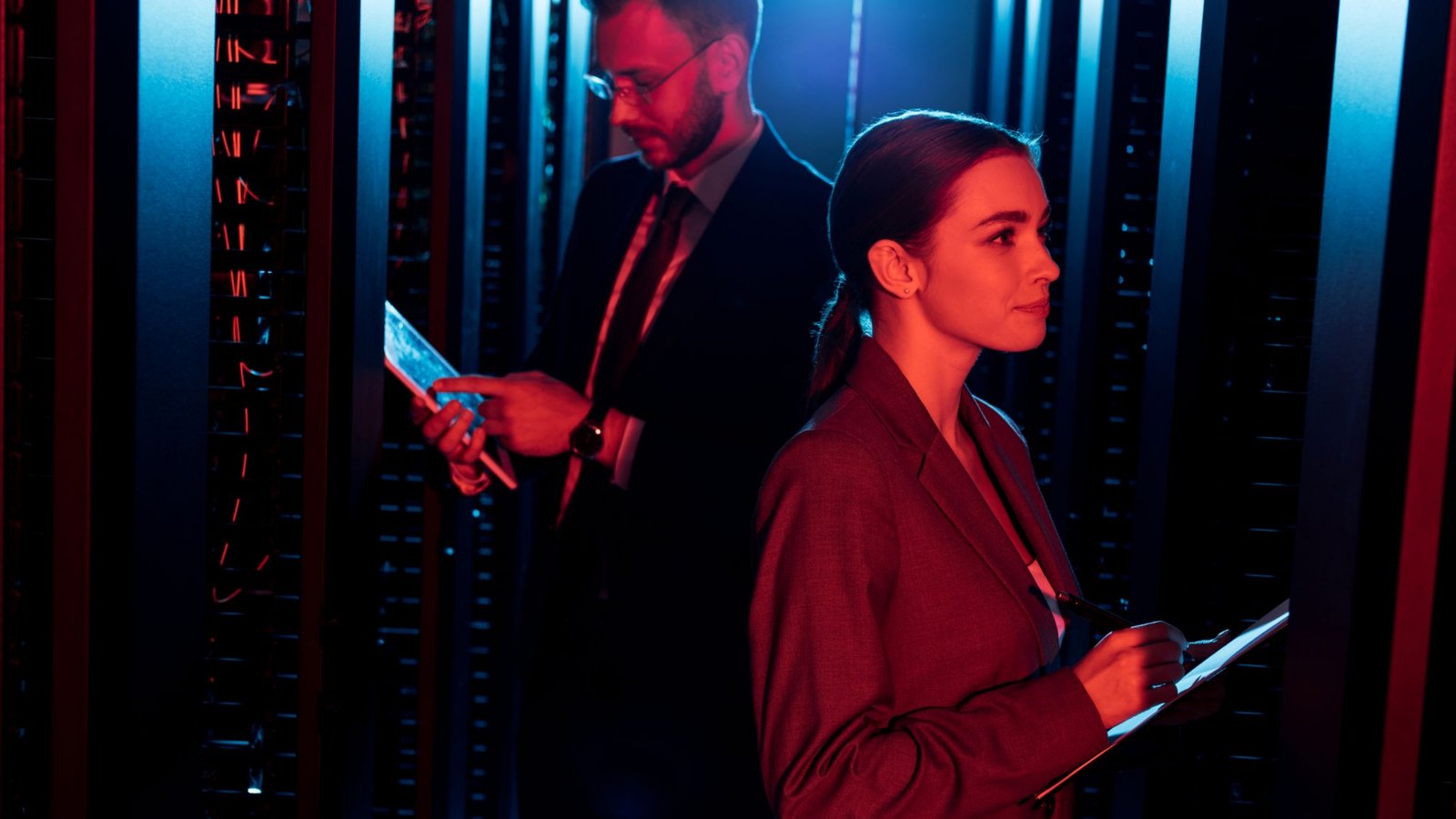In today’s fast-paced digital world, speed and efficiency are everything. Businesses demand real-time data processing, IoT devices generate massive amounts of information, and cloud computing alone can’t always keep up. That’s where edge computing comes in—a revolutionary approach that brings computation closer to the data source, reducing latency and improving performance.
But how does edge computing work alongside traditional cloud data centers? And why should businesses care? In this article, we’ll break down edge computing, its benefits, and how it complements cloud infrastructure to create a seamless, high-performance digital ecosystem.
Understanding Edge Computing
What Is Edge Computing?
Edge computing is a distributed computing framework that processes data near the source rather than sending it to a centralized cloud data center. By moving computation to the “edge” of the network—closer to IoT devices, sensors, and end-users—businesses can achieve:
- Lower latency (faster response times)
- Reduced bandwidth usage (less data traveling back and forth)
- Enhanced security (less exposure to long-distance data transfers)
- Real-time analytics (critical for AI, autonomous vehicles, and smart cities)
How Does Edge Computing Work?
Instead of relying solely on distant cloud servers, edge computing deploys smaller data centers (edge nodes) at strategic locations. These nodes process data locally and only send essential insights to the cloud.
Example:
A self-driving car generates terabytes of data daily. Instead of sending all this data to a central cloud server (which would cause delays), edge computing allows the car’s onboard systems to process critical decisions (like obstacle detection) instantly, while only transmitting important summaries to the cloud.
Edge Computing vs. Cloud Computing: A Powerful Partnership
Many assume edge computing will replace cloud computing—but that’s far from the truth. Instead, edge and cloud work together to create a hybrid model that maximizes efficiency.
1. Cloud Computing: The Centralized Brain
- Strengths: Scalability, massive storage, advanced AI processing.
- Weaknesses: Latency issues, bandwidth constraints, higher costs for real-time processing.
2. Edge Computing: The Localized Nervous System
- Strengths: Instant processing, reduced latency, offline functionality.
- Weaknesses: Limited storage, less computational power for complex tasks.
How They Complement Each Other
- Edge handles immediate decisions (e.g., factory robots adjusting in real time).
- Cloud manages long-term analytics (e.g., predictive maintenance trends).
This synergy ensures businesses get speed + scalability without compromise.
Key Benefits of Edge Computing with Cloud Data Centers
1. Faster Decision-Making (Lower Latency)
Industries like healthcare (remote surgeries), finance (fraud detection), and gaming (cloud gaming) rely on millisecond responses—something only edge computing can provide.
2. Bandwidth Optimization
Why send all security camera footage to the cloud when only suspicious activity matters? Edge devices filter and send only relevant data, cutting costs.
3. Improved Reliability (Offline Capabilities)
Even if the cloud connection drops, edge devices keep functioning—crucial for remote oil rigs, military operations, and autonomous systems.
4. Enhanced Data Privacy & Security
Sensitive data (e.g., patient records) can be processed locally, reducing exposure during transit to the cloud.
5. Cost Efficiency
Less data in transit = lower cloud storage and bandwidth expenses.
Real-World Applications of Edge + Cloud Computing
1. Smart Cities
- Edge: Traffic lights adjust in real time based on vehicle flow.
- Cloud: City planners analyze long-term traffic patterns.
2. Healthcare
- Edge: Wearable devices monitor vitals and alert doctors instantly.
- Cloud: AI analyzes trends across millions of patients for research.
3. Retail
- Edge: Cashierless stores process payments instantly via sensors.
- Cloud: Retailers track inventory and customer behavior globally.
4. Manufacturing
- Edge: Machines self-diagnose faults before breakdowns.
- Cloud: Predictive maintenance schedules are optimized.
Challenges of Edge Computing
While powerful, edge computing isn’t without hurdles:
- Security Risks: More edge devices = more entry points for hackers.
- Management Complexity: Deploying and maintaining thousands of edge nodes requires robust orchestration.
- Standardization Issues: Lack of universal protocols can lead to compatibility problems.
However, advancements in AI-driven edge management and zero-trust security frameworks are mitigating these challenges.
The Future: Edge + Cloud + AI = The Ultimate Trio
As 5G networks expand and AI-driven automation grows, edge computing will become even more critical. Future trends include:
- AI at the Edge: Real-time machine learning without cloud dependency.
- Autonomous Edge Networks: Self-healing, self-optimizing edge infrastructures.
- Quantum Edge Computing: Ultra-fast processing for next-gen applications.
Businesses that adopt edge-cloud hybrid strategies today will lead tomorrow’s data-driven economy.
Final Thoughts
Edge computing isn’t replacing the cloud—it’s enhancing it. By processing data locally while leveraging the cloud’s vast resources, businesses achieve unprecedented speed, efficiency, and innovation.
Whether you’re in IoT, healthcare, or retail, integrating edge computing with cloud data centers can revolutionize operations. The question is: Are you ready for the edge revolution?
